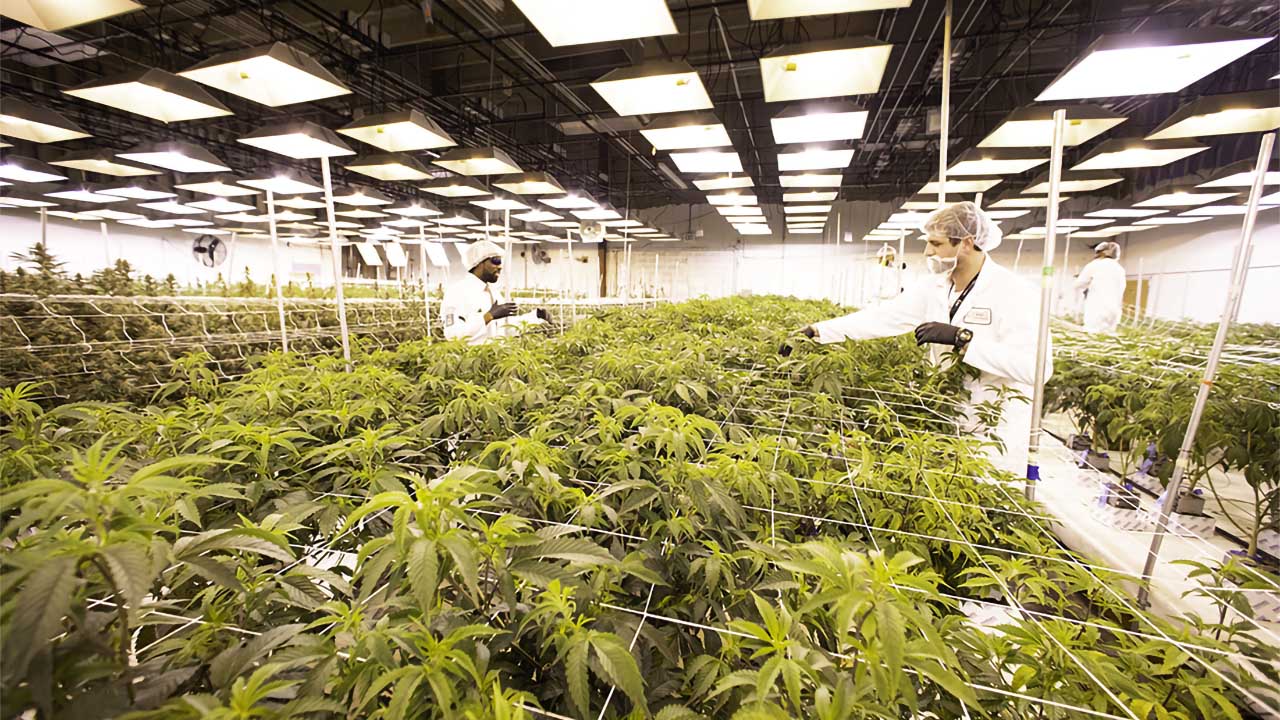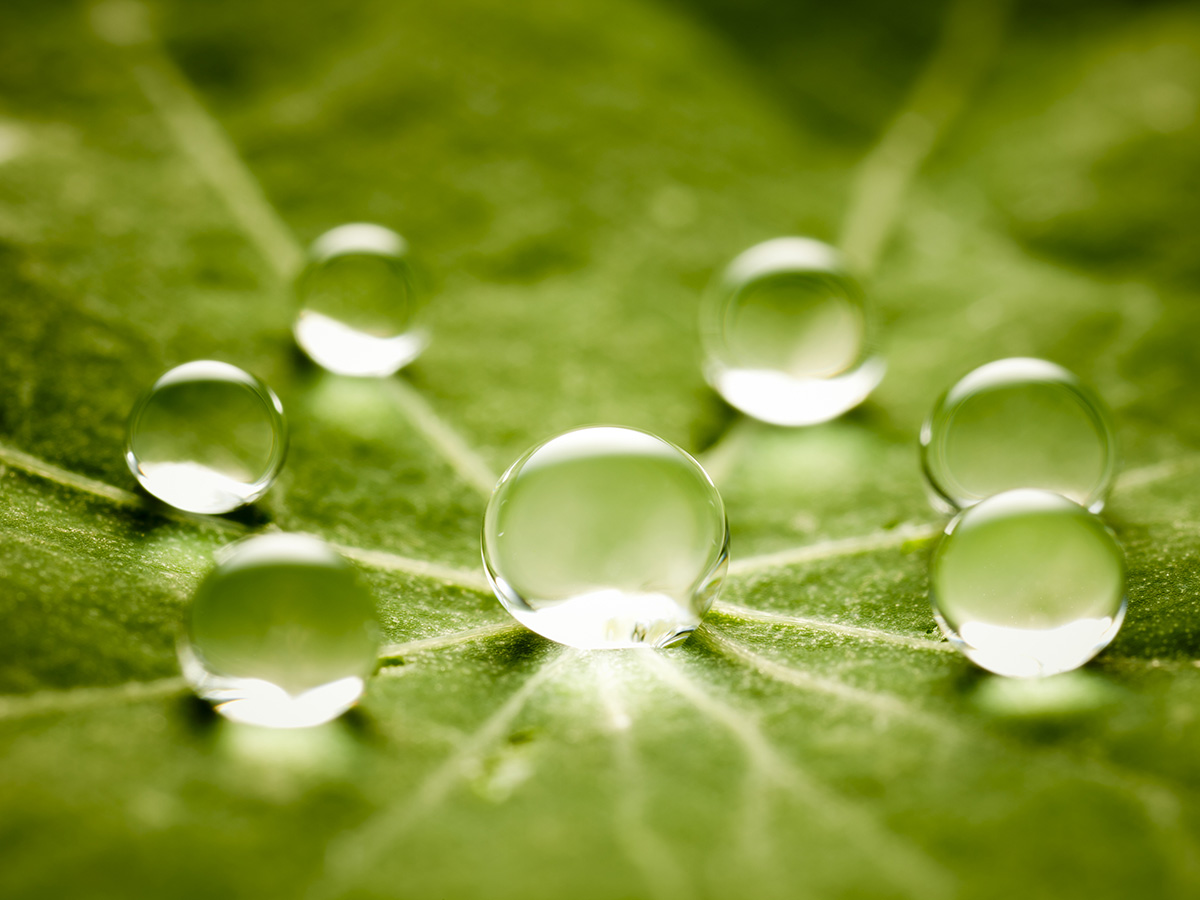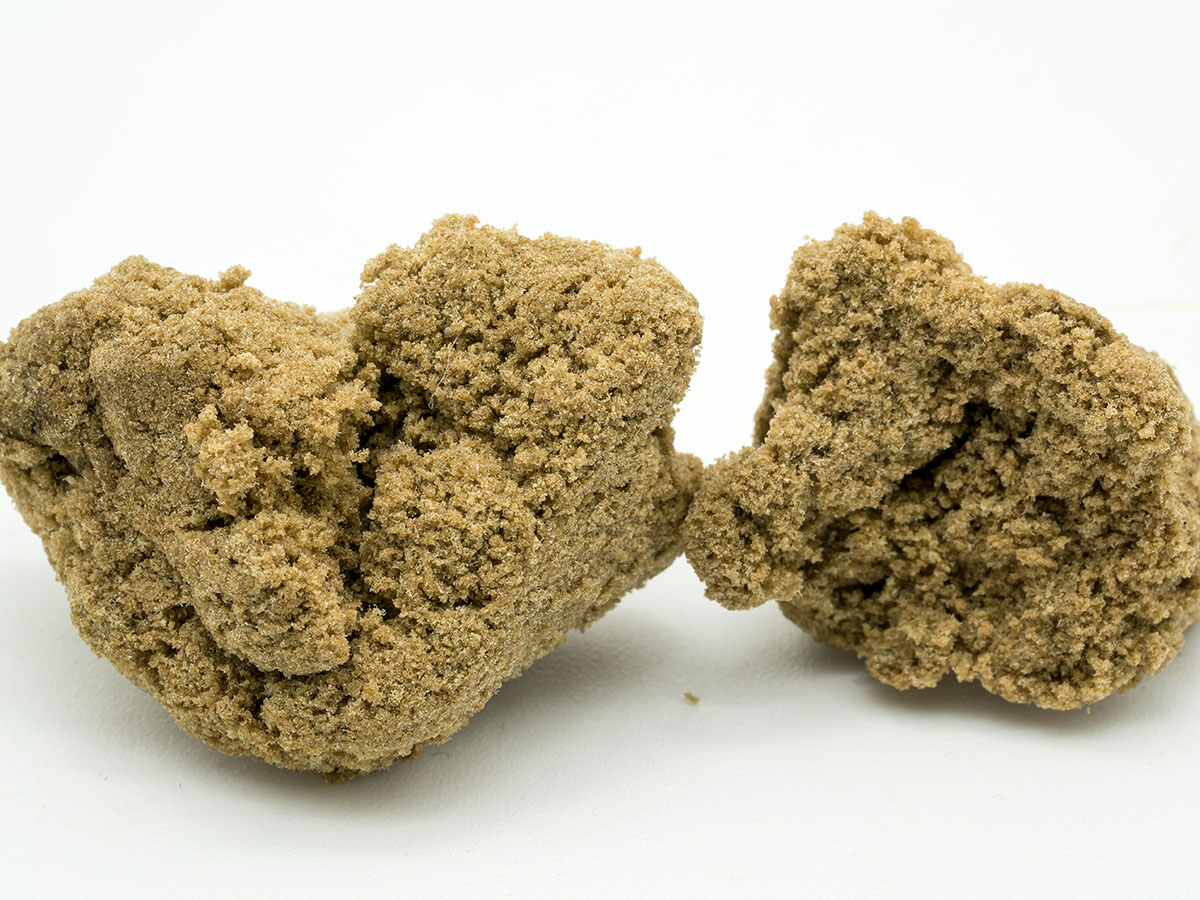
Becoming A Budtender: Everything You Need To Know
February 25, 2021
Dear Budtender, I want to work in a dispensary–what should I know ahead of time?
From, Aspiring Budtender
Dear Aspiring Budtender, We get this question all the time: what would it be like to work at a dispensary? You get to be around all of your favorite strains; learn about new cannabis products; and help both beginner and experienced cannabis enthusiasts learn about and enjoy marijuana. So how do you actually get a job in the cannabis industry? We’ll help you get started.
What is a Budtender?
Budtenders are dispensary employees that offer cannabis knowledge and customer service. They not only can help you find the perfect product for you, but they can also help you understand what the experience could be like based on things like THC levels. They can’t, however, tell you about the effects of a certain strain because everyone experiences marijuana differently.
While budtenders don’t have to be experts when they start working in a dispensary, they do need to have a passion for cannabis and industry trends.
How Do You Become a Budtender?
For the most part, becoming a budtender is as easy as entering into any other kind of customer service role. You’ll need to meet the requirements of your state and employer, including work permits and licenses, and you need to apply for the role. From there, it’s just about making an impression with your interviewer to seal the deal and get the job.
What are the Budtender Employment Requirements?
To become a budtender, there are a few steps you’ll need to follow. It’s important to know that while the state has requirements, you may also have requirements with the dispensary where you intend to apply. In general, here’s the process you’ll need to follow:
Meet the Requirements
To become a budtender, you have to be 21 or older, and you need to have a high school diploma. Depending on the state, you may need to be licensed or have a work permit before you apply for the job as well—though some states allow you to get your license within a certain time period after you’re employed by the dispensary. You’ll also need to be able to pass a background check. Once you meet these requirements, you can find a dispensary and apply directly or contract with various temp agencies that help budtenders find work.
Register with the State
Every state has its own rules and regulations for budtenders, but many states require some kind of registration and licensure. Do your research and see what you’ll need to apply in your state.
Complete the Interview Process
Once you get the coveted interview, it’s time to shine. Share your customer service experience, highlight your passion for the cannabis industry, and really showcase yourself. The more you sell yourself to your interviewer, the more likely they’ll believe you can sell their cannabis products to the customer.
What are the Pros of Being a Budtender?
We could ask a hundred budtenders what the pros of their job are, and we’d likely get a hundred different answers. That’s because it’s different for everyone. In general, the pros of being a budtender are:
- You can embrace your passion for marijuana
- You can impact customers’ and patients’ lives by helping them find what they need
- You can be a part of a constantly evolving industry that is growing rapidly across the country
- You can meet new people who are all part of the industry for varying reasons
Of course, with every positive, there can be negatives …
What are the Cons of Being a Budtender?
The downsides of being a budtender aren’t unique to the cannabis industry. They are similar in any kind of customer service job. For some, the cons of being a budtender are:
- You may have to work weeknights and weekends
- You have to follow highly regulated processes to ensure you’re operating within the state’s laws and the dispensary’s rules
- The industry is always changing, so you’ll need to constantly stay educated
It’s possible these, for you, don’t even rate as negatives. If that’s the case, you might be looking at your new favorite job.
Answering FAQs About Becoming a Budtender
Becoming a budtender is less complicated than most people think, but we still get questions about it. Here’s a few of our most frequently asked and answered questions:
Do I need to be certified to work in a dispensary?
While you don’t have to be certified, in most states, you do need to be licensed. For example, in the state of Colorado, you need to get your Marijuana Enforcement Division badge before you can apply to become a budtender. Different states have different rules for licensing, so you should check with your state before applying.
Do I need to be a cannabis expert to become a budtender?
No, you don’t have to be a cannabis expert. Ultimately, being a budtender is about customer service first, cannabis second. If you’re good at customer service, you can learn about the industry. That being said, you should have a passion for marijuana and the industry as a whole.
Do you have to be 21 to be a budtender?
Yes, you have to be 21 to be a budtender.
Find a Job as a Budtender
If you’re interested in becoming a budtender, start looking for budtender jobs in your area. In most cases, the job listing will tell you what the minimum requirements are for the role—including any state licensures. From there, it’s all about obtaining what you need to send in your application. If you’re interested in learning more about becoming a budtender, the best person to ask is your favorite cannabis expert at your next dispensary visit. They can share with you how they got their job, and as a bonus, you can add someone to your cannabis employment network.
Please consume responsibly. This product may cause impairment and may be habit forming. There may be health risks associated with consumption of this product. State laws impact what dispensaries can and can’t sell to recreational customers and medical marijuana patients. Not every type of product, consumption method, dosage form, or potency mentioned on this blog will be permitted in all locations.


